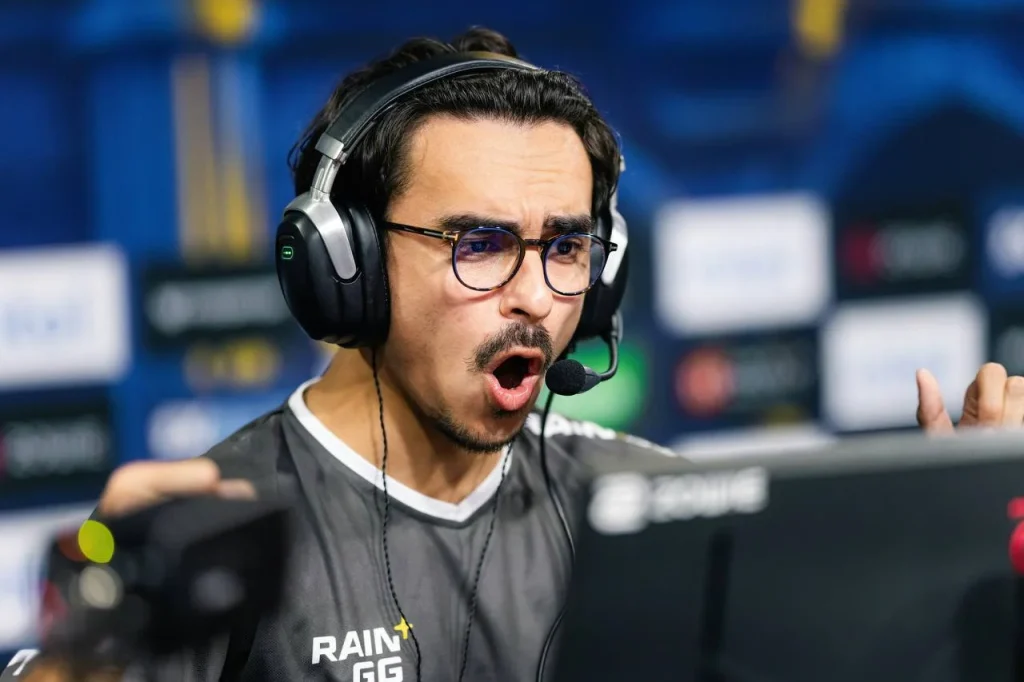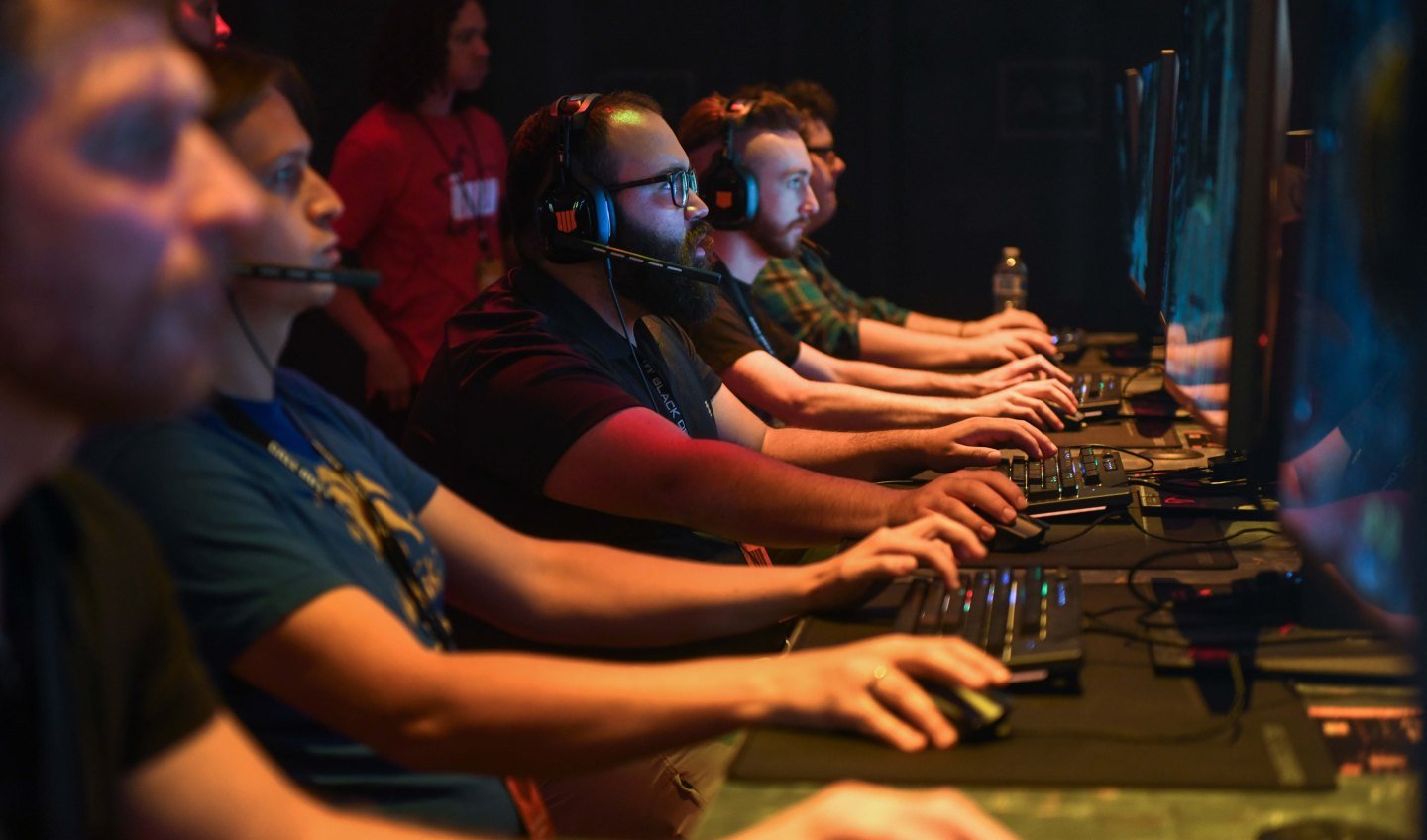The world of esports has experienced a tectonic shift. The departure of veterans, transfers with multimillion-dollar contracts, the emergence of new disciplines, and the growth of strategic depth within team games have completely changed the ranking of esports teams in 2025. The standards of dominance are no longer defined solely by trophies. Economic stability, internal structure, roster flexibility, competent management, and the development of their own ecosystem are important. These parameters have defined the key players on the global stage.
2025 Multidisciplinary Esports Team Ranking Leaders
Esports clubs with diversified rosters in 2025 have become true corporations with branches in different countries and teams in all major disciplines. Their stability is built on a combination of titles, management, and a long-term investment model.
Teams:
- Team Vitality (France). The French organization strengthened its position in the “2025 esports team ranking” thanks to massive expansion. In CS2 – victory at IEM Katowice and 2nd place at PGL Copenhagen. In League of Legends – championship at LEC Spring 2025 and reaching the Worlds semifinals. The club’s annual turnover exceeded 21 million euros. Vitality uses a hybrid training system with AI error analysis modules.
- Team Liquid (USA/Netherlands). Stable income ($28 million), a developed academy, and successes in StarCraft II, Valorant, and Dota 2 have solidified Liquid’s position at the top. The organization uses its own analytics Scout.AI, integrates biometric indicators into the training cycle, and owns a content studio in Utrecht.
- FaZe Clan (USA). Despite stock market volatility after the IPO, FaZe showed results: title at ESL Dallas 2025 (CS2), top 4 in Call of Duty League, and steady growth of the YouTube audience (exceeding 200 million views in 2025). Rebranding and restructuring have returned the club to the “2025 esports team ranking” as a marketing flagship.
Counter-Strike 2 Power Trio
 The launch of CS2 has set new tactical parameters. The need for deep team synergy, working with next-gen smokes, revamped economy, and increased influence of individual skill has formed a new trio of giants:
The launch of CS2 has set new tactical parameters. The need for deep team synergy, working with next-gen smokes, revamped economy, and increased influence of individual skill has formed a new trio of giants:
- MOUZ (Germany). The team secured victories at BLAST Spring, IEM Rio, and PGL Major. Effective rotation (Brollan, torzsi, Jimpphat) and a focus on youth have created the perfect balance of reaction and composure. Support from the ESL FACEIT Group holding ensured stable income.
- NAVI (Ukraine). Despite a flag change, the organization strengthened with a multinational roster. Victory in the BLAST Fall series, reaching the IEM Cologne grand final, and clear discipline verticals have returned NAVI to the top 5. Developing their own analytical platform InsightPro.NV has improved the quality of mid-round decisions.
- G2 Esports (Spain/Germany). G2 remains the benchmark for micro-moments. Strong entry duels from m0NESY, powerful coaching from Swani, pinpoint reinforcements, and adaptation to CS2 have guaranteed stable top 3 placements at each season’s major. Financial indicators are at €24 million.
Dota 2: Eastern Reboot
In 2025, the ranking of esports teams in Dota 2 has transformed. The departure of OG into the shadows and the decline of Liquid led to a paradigm shift. Now, clubs from China and Southeast Asia dominate:
- Azure Ray (China). A legendary resurrection: the return of fy, Somnus, and Chalice, reinforced by new captain Zzz from PSG.LGD, had an impact. Victories at Riyadh Masters, Bali Major, and The International 2025 made Azure Ray the main sensation of the year. The club’s revenue has grown to $6.8 million.
- Talon Esports (Hong Kong). The organization outperformed all SEA competitors. In 2025, Talon won DreamLeague twice, reached the TI semifinals, and demonstrated effective micro-tactic management. The club is developing its own educational platform with match video analytics.
Valorant: America Sets the Rules
Valorant has finally evolved into a professional sport with a clear team hierarchy. Riot Games updated the franchise model, strengthened leagues, and in 2025 solidified three favorites:
- LOUD (Brazil). The team from São Paulo dominates in America. Victory at VCT Americas, fourth place at Masters Tokyo, and the integration of game psychology into training – elements that brought $1.9 million in prize money for the year.
- Paper Rex (Singapore). Uncompromising aggression, unconventional picks, double duelist at the start – this is how Paper Rex sets the trend. Reaching the VCT Champions final and new media partnerships have increased the club’s global presence.
- Sentinels (USA). With TenZ’s return and a new roster, Sentinels consistently achieved high results in qualifications and gathered an audience of over 8.4 million subscribers on streaming platforms. Entered the “2025 esports team ranking” as a brand with the largest fan base.
League of Legends: Asia vs. Europe
The Worlds 2025 Championship changed the standard. European teams reclaimed medals, but Asian teams still lead in results:
- T1 (South Korea). Faker, Zeus, Oner – an unbeatable trio in the Worlds final. T1 has updated training approaches: collecting individual biometric data, reaction modeling, and mental enhancement have ensured unique synergy.
- G2 Esports (Germany). Victory at LEC Summer, reaching the MSI final, and third place at Worlds have made G2 the top team in Europe. Predicted revenue for 2025 – €22.4 million, including from NFT initiatives.
2025 Esports Team Ranking
Teams with the highest profitability in 2025:
- Team Liquid – $28.1 million.
- FaZe Clan – $25.6 million.
- G2 Esports – €24.0 million.
- T1 – $21.8 million.
- Vitality – €21.3 million.
- LOUD – $19.2 million.
- Azure Ray – $6.8 million.
- Sentinels – $6.5 million.
- MOUZ – €5.9 million.
- Paper Rex – $5.4 million.
Conclusion
 The 2025 esports team ranking is not solely determined by tournaments. Financial transparency, analytical base, creative growth structure, and stable media presence shape the hierarchy. Old titans have learned to adapt, while new ones advance through flexibility and technological prowess. Global esports has definitively transitioned from a chaotic industry to a mature structure with a full-fledged economy, infrastructure, and predictable success metrics.
The 2025 esports team ranking is not solely determined by tournaments. Financial transparency, analytical base, creative growth structure, and stable media presence shape the hierarchy. Old titans have learned to adapt, while new ones advance through flexibility and technological prowess. Global esports has definitively transitioned from a chaotic industry to a mature structure with a full-fledged economy, infrastructure, and predictable success metrics.
 en
en  de
de  ar
ar  es
es  nl
nl  hi
hi  fr
fr  it
it  pt
pt  el
el 










